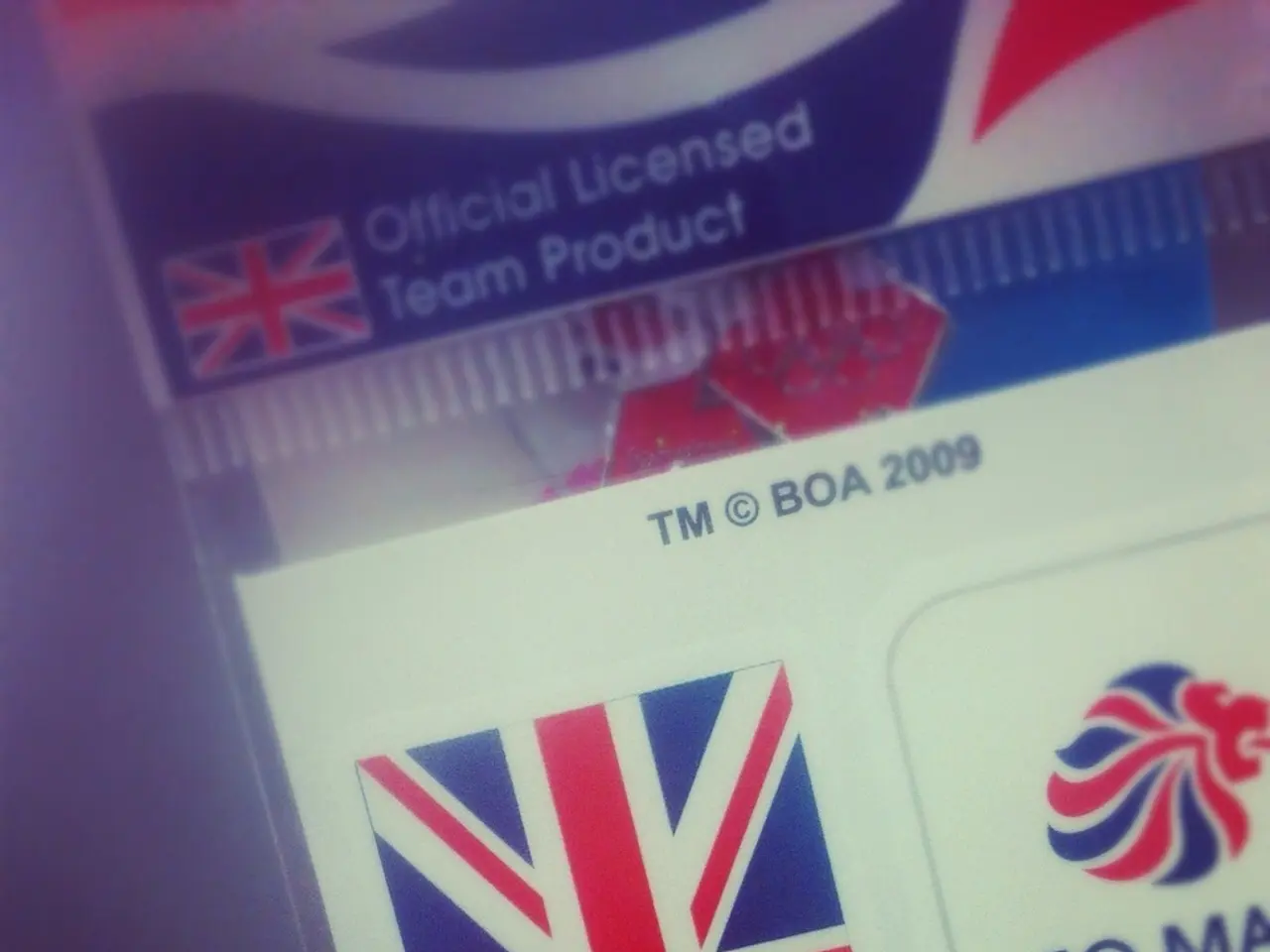Earth's Cosmic History and Future Technologies Altered by Miyake Occurrences
In the realm of cosmic events, Miyake Events have recently captured the attention of scientists and researchers worldwide. These rare occurrences, named after Japanese physicist Fusa Miyake who discovered them in 2012, are sudden, extreme spikes in cosmic radiation reaching Earth.
The origin of Miyake Events is believed to be solar superflares – massive eruptions of energy from the Sun far exceeding typical solar storms. These solar events emit powerful bursts of cosmic rays that interact with Earth’s atmosphere, rapidly creating increased amounts of carbon-14 (C-14) and other cosmogenic isotopes absorbed by living organisms like trees.
Although the exact recurrence intervals are not fully established, Miyake Events appear to be rare but not unique, occurring on timescales of several centuries to millennia. The current understanding suggests that these extreme solar flares are exceptional but part of natural solar variability over long time periods.
If a Miyake Event-scale solar superflare occurred today, the impacts on modern technology could be severe. Extreme solar radiation bursts can induce geomagnetic storms capable of damaging electrical grids, disabling satellite systems, disrupting GPS navigation, and interfering with radio communications. The scale of such an event would likely exceed historical solar storms like the 1859 Carrington Event, potentially causing widespread technological and economic disruption globally.
The discovery of a tree cut down during the Miyake event of 993/994 in Newfoundland helped narrow down the Viking arrival to 1021 AD, demonstrating the practical implications of Miyake Events for fields ranging from physics to archaeology. With carefully designed mitigation strategies and a more advanced infrastructure, we may be able to limit the damage and maintain some degree of continuity in our technological society during a Miyake Event.
Ongoing solar research, such as monitoring sunspots and solar cycles, may provide early warning systems for future Miyake-scale solar storms. As scientists continue to uncover clues from Miyake Events, they offer humanity a pathway to better understand and navigate future cosmic challenges.
So far, scientists have identified at least six Miyake Events, with the earliest one dating back to around 5480 BC and the latest occurring in 774/775, 993/994, and 660 AD. This level of precision in carbon dating is rare without the assistance of such events like Miyake Events. The precision of isotope spikes from Miyake Events allows scientists to date organic material with unprecedented accuracy in archaeological research.
Applying the same principle to other artifacts could uncover similarly precise timelines for ancient civilizations and events, potentially reshaping our historical understanding of cultures around the globe. Miyake Events serve as an important key to unraveling cosmic history and hold practical implications for fields ranging from physics to archaeology.
As we continue to learn more about Miyake Events, it becomes increasingly clear that understanding these cosmic phenomena and preparing for potential impacts on modern technology is crucial. The stakes for power grids and global communication systems could not be higher in the event of another Miyake-scale solar storm.
Traveling through the realms of space-and-astronomy, the study of Miyake Events in solar superflares sheds light on the intersection of science and technology. These extraordinary solar events, such as the one that occurred in 993/994, can have profound impacts on modern technology, potentially causing severe damage to electrical grids, satellite systems, GPS navigation, radio communications, and more. Conversely, understanding Miyake Events can offer practical benefits in various fields, including archaeology, as shown by the tree cut down during the Miyake Event of 993/994 that helped narrow down the Viking arrival date. With ongoing research and dedicated mitigation strategies, we can better prepare for future Miyake-scale solar storms and protect our technological society from their destructive potential.




